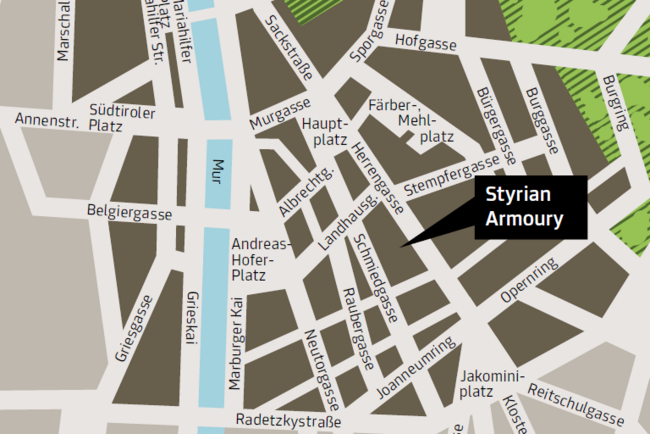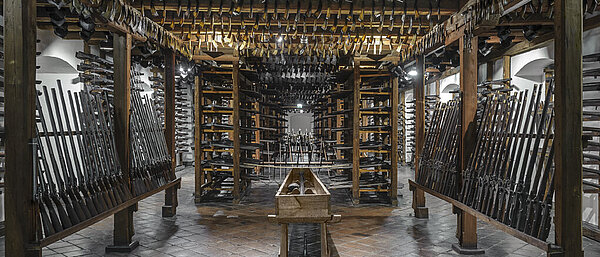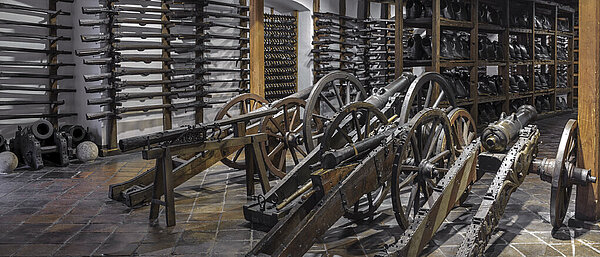We are pleased to welcome you in our museums!
In order to ensure both your personal security and the security of the items exhibited, may we draw your attention to our house rules.
Directions and location
Styrian Armoury
Getting here
Address
Herrengasse 16, 8010 Graz

Accessibility
Public transportation
Parking





















